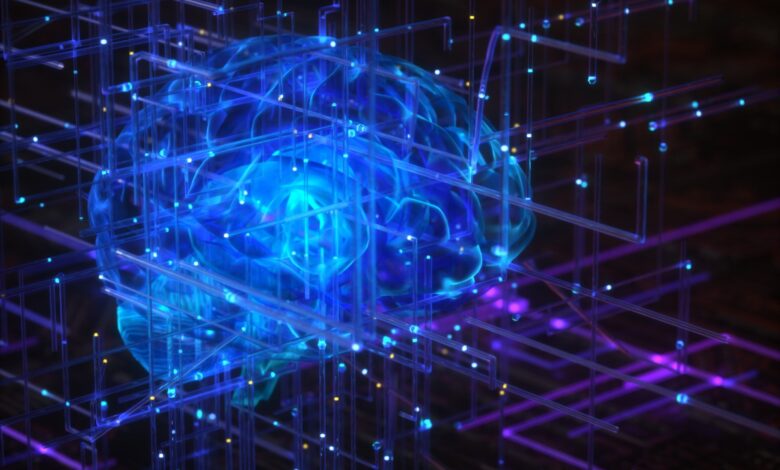Leveraging AI to Identify and Predict Financial Crises

Artificial intelligence (AI) can improve our ability to identify and predict financial crises. A key innovation in AI is the ability to learn from data without being told exactly what to look for. Leveraging technologies like AI requires us to move away from traditional, subjective approaches and let the data tell us when conditions are ripe for a crisis.
Grouping data points in a way that reveals patterns and insights we might not have noticed before is one method for identifying financial crises. This helps us get a better handle on what triggers these crises.
At the University of Liechtenstein, Michael Hanke, Merlin Bartel and I are pushing this envelope further. In our recent paper, we demonstrate how we redefined what we consider a financial crisis and used machine learning algorithms to predict banking crises in the United States. Our initial findings are encouraging, showing the potential to use AI to forecast financial downturns.

Financial downturns can come in many shapes and sizes, like when a country cannot pay its debts, its banks face a rush of withdrawals, or the value of its currency plummets. These situations share a common thread: they stem from deep-rooted problems that gradually get worse over time.
Eventually, a specific event might trigger a full-blown crisis. Spotting this trigger beforehand can be tricky, so it is crucial to keep an eye on these brewing issues. In simpler terms, these issues are like warning signs that hint at the chance of financial trouble ahead.
Traditionally, experts used methods such as solving complex equations to guess whether a financial crisis might happen. This involves linking various factors to whether a crisis might occur, treating it as a yes-or-no question.
Deciding what counts as a crisis often relies on expert judgment, highlighting the importance of how we define a crisis. Our approach is about fine-tuning this method to better match what we see happening in the real world. In modern tech talk, this is a bit like using a basic form of smart technology, where the computer is learning from a set of examples. This is a concept not too far from the early stages of what we now call AI.
There are other, more creative ways to predict financial crises. For example, looking at how certain market prices move, which can hint at the likelihood of a country defaulting on its debt, offers a fresh perspective.
To conclude, AI holds a lot of promise in refining how we understand financial crises. While grouping data points is just one example of what AI can do, these smart algorithms have a range of practical uses.
Despite some current limitations, AI stands to offer significant advantages. It’s an exciting time to delve into the possibilities these technologies bring to the table.
If you liked this post, don’t forget to subscribe to the Enterprising Investor
All posts are the opinion of the author. As such, they should not be construed as investment advice, nor do the opinions expressed necessarily reflect the views of CFA Institute or the author’s employer.
Image credit: ©Getty Images/noLimit46





